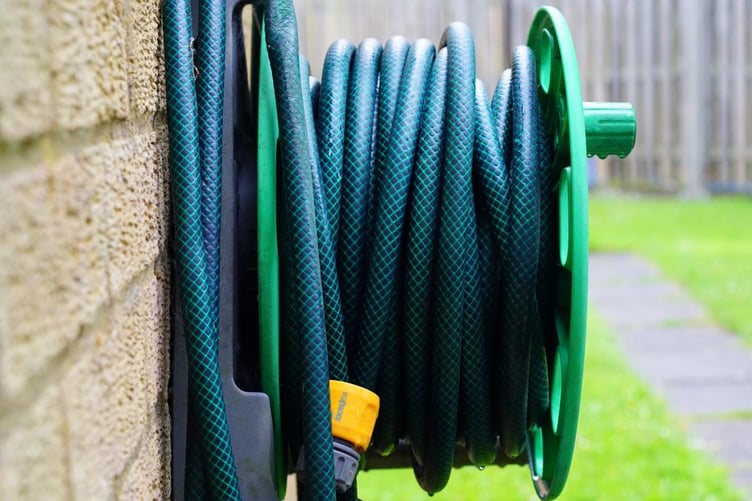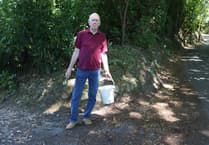Frustration is growing towards Thames Water after it announced a hosepipe ban in parts of the South East just months after residents lived through a winter of “huge” leaks and sewage overflows.
Thames Water has announced a hosepipe ban will kick in on Tuesday, July 22, covering all OX, GL, SN postcodes as well as RG4, RG8, and RG9, after the UK experienced one of its warmest and driest springs in over a century – followed by England’s warmest June on record.
Currently the ban only impacts towns bordering Surrey, but Thames Water has said it may need to add postcodes “if anything changes”.
This year alone, residents in Surrey have endured water supply issues due to multiple pipe bursts, a report concluding water was “unfit for human consumption”, and people putting up barricades to stop raw sewage flooding homes.
For some, a hosepipe ban would be the last straw.
Sir Jeremy Hunt, MP for Godalming and Ash, said: “Godalming and Ash is not included in the hosepipe ban so far, but I completely understand residents frustration when they witness huge water leaks losing thousands of litres locally – Chilworth, Cranleigh, Ewhurst and Bramley in the last week alone – and yet Thames Water are asking us to use water sparingly brushing our teeth.
“I met with Thames Water CEO Chris Weston recently to press for investment locally because, although work is underway to improve water resilience, what is really needed is to connect our ‘water island’ area with the wider Thames water network – and to urgently replace those leaky pipes.”
Thames Water says its drought plan is designed to ensure the taps keep running for customers’ essential use while also protecting the environment.
Water taken from the River Thames for the currently affected area is stored at Farmoor reservoir in Oxfordshire. If the warm, dry weather continues, the company anticipates reservoir levels will continue to drop.
River levels are also below average limiting how much can be drawn from the Thames while the hot weather also causes more evaporation.
Esher and Walton MP Monica Harding said: “The threat of a hosepipe ban shows how important investment in the basics is.
“Thames Water’s current crumbling infrastructure can’t protect us now, let alone in the future from climate change and population growth.
“Thames Water has failed miserably in providing the investment needed up to this point and have lost the public’s confidence.
“The Government should grip the ongoing crisis at Thames Water, place it in special administration, make it a public benefit company, and replace Ofwat with a tough new regulator with teeth, to protect bill payers and give us the clean water we all need.
Thames Water is also looking to secure future water supplies and said it was working on plans for a new reservoir in Oxfordshire, securing water supply for 15 million people across the South East, including Thames Water, Affinity Water and Southern Water customers.
The company is also working on what it calls a vital drought resilience project in London which will be supported by water recycling.
A Thames Water spokesperson said: “Leakage is at its lowest ever level on our network, down 13.2% since 2020, but we know we have more work to do. The extended warm weather also brings increased risks of leaks and bursts due to pipe stress and shifting foundations in the ground.
“We’ve increased leakage teams in our region and we’re fixing 650 leaks a week with our engineers targeting leaks with the greatest impact to local water supplies. We’re also replacing 500km of water mains over the next five years to reduce leakage.
“We’re using innovative technology and data to find and fix leaks faster. So far, we have installed almost 40,000 acoustic loggers on our water network to help detect leaks and expect to have 100,000 in place by mid-2027.
“We’ve installed over 1 million smart meters, which are critical in helping us to locate leaks at our customers’ homes. We’ll continue to roll out smart water meters to households in our area, installing or upgrading a further c.1,200,000 smart meters to homes and businesses by 2030.”





Comments
This article has no comments yet. Be the first to leave a comment.